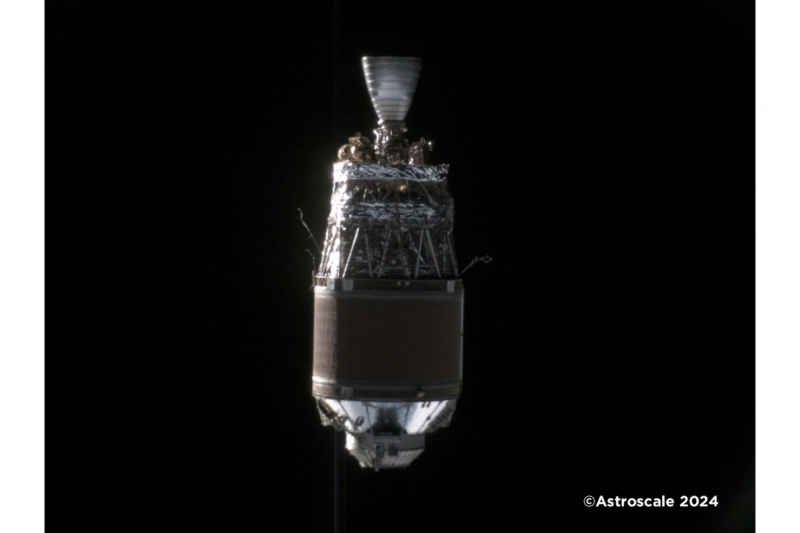Getting Up Close and Personal with Space Junk
The problem of space debris has been a growing concern as humanity ventures further into space. With thousands of defunct satellites, spent rocket stages, and other discarded items orbiting the Earth, the risk of collisions poses a significant threat to ongoing space missions and the integrity of existing satellite infrastructure. Various initiatives have been launched to track and monitor space debris, but getting up close and personal with these remnants remains a challenging task.
One of the key approaches to studying space junk up close is through satellite missions specifically designed to observe and analyze the debris field. These missions utilize advanced sensors and imaging technologies to gather valuable data on the size, trajectory, and composition of space debris. By studying these factors, scientists can better understand the behavior of space junk and develop strategies to mitigate the risks associated with orbital debris.
In recent years, there has been a growing interest in the development of active debris removal (ADR) technologies. These systems are designed to capture and de-orbit defunct satellites and other large debris objects to prevent potential collisions with operational spacecraft. ADR missions involve complex maneuvers and precise coordination to safely remove space junk from orbit, presenting a significant engineering challenge for researchers and space agencies.
Advancements in robotics and autonomous systems have opened up new possibilities for engaging with space debris in innovative ways. Robotic arms, nets, and harpoons are among the technologies being explored for capturing and manipulating space junk. These tools offer a promising solution for safely removing debris from orbit and reducing the overall accumulation of space junk in Earth’s vicinity.
Moreover, the concept of in-situ servicing and repair missions has gained traction as a means of extending the lifespan of existing satellites and reducing the need for new launches. By sending robotic spacecraft to perform maintenance tasks on orbiting satellites, it is possible to address malfunctions and damage that would otherwise render these assets inoperable. In addition to enhancing the sustainability of space operations, in-space servicing missions could also contribute to a reduction in space debris by preventing premature satellite failures.
As humanity continues to expand its presence in space, the issue of space debris will require concerted efforts from the global community to address effectively. By investing in research and development of advanced technologies for observing, capturing, and servicing space junk, we can safeguard critical space infrastructure and ensure the long-term sustainability of space activities.
In conclusion, the exploration and mitigation of space debris present complex challenges that demand innovative solutions and international collaboration. By taking a proactive approach to studying and managing space junk, we can pave the way for a more secure and sustainable future in outer space.

